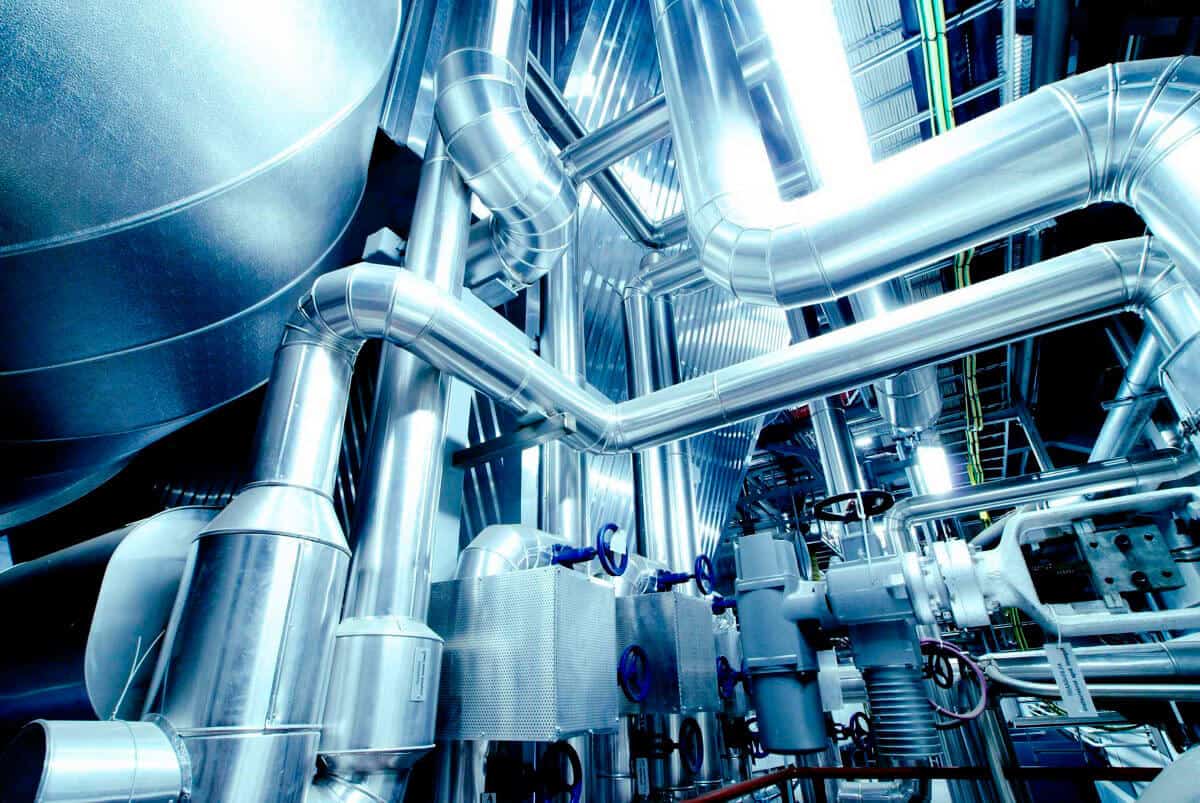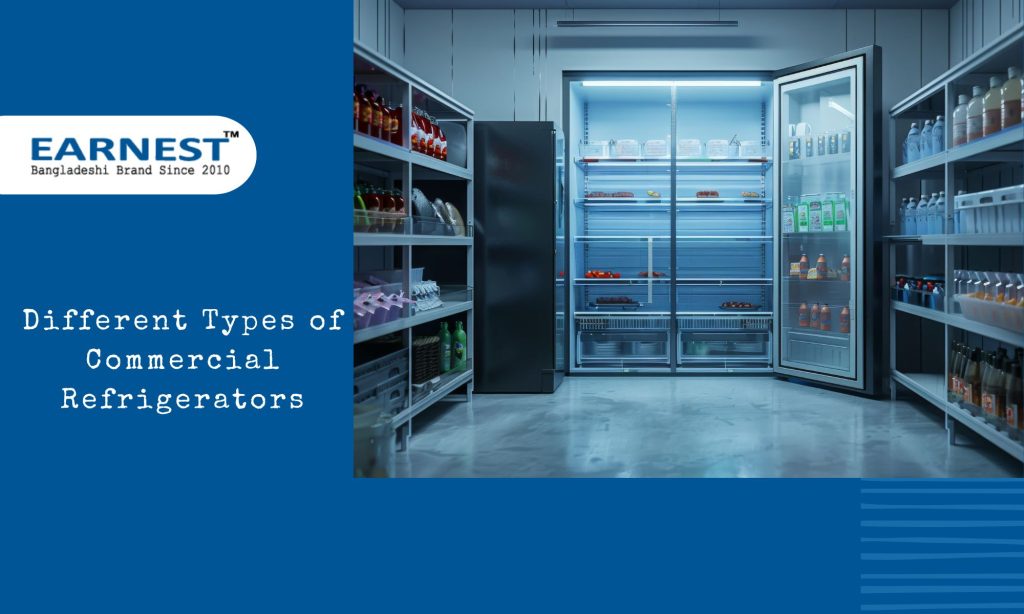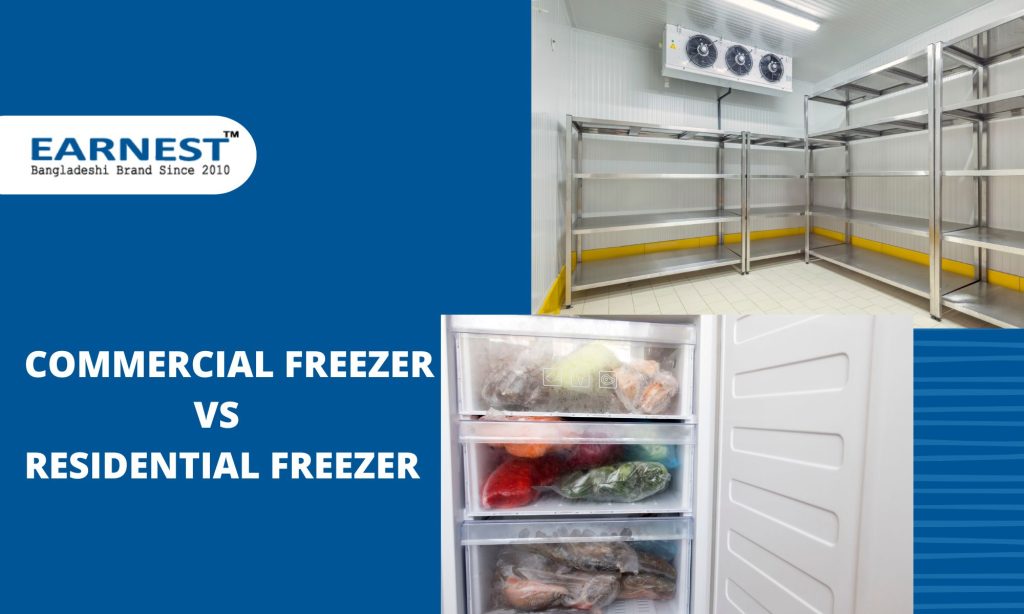Plastic contributes to the formed plastics production critically. It is one of the key contributors to the process and precision cooling. Temperature control for plastics precision is important to ensure the dimensional stability of the final products. It helps determine the quality of the products as well.
The industrial performance for Bangladesh has remained stable despite global instabilities and structural barriers. As per the Bangladesh Plastic Goods Manufacturers And Exporters Association (BPGMEA) data, about 300 manufacturers trade plastic goods amounting to up to BDT30 billion yearly. Excluding the local plastic market of Bangladesh, the amount sums up to BDT200 billion annually.
In this blog, we have collated comprehensive information through extensive research about the importance and uses of chillers in the plastics industry in Bangladesh.
What Are Industrial Chillers?
Industrial chillers are water chillers involving chilled water or liquid that is circulated throughout the equipment. Chillers transfer the heat from one point to another for that purpose. Plastic processing needs chillers to cool down the plastic for further processes of precision molding.
Cooling the melted and molded plastics helps transform them into different shapes and sizes.
Importance Of Temperature Control Using Chillers
As already mentioned, temperature control is important for precision plastic processing to define the final product. While there are several ways to do that, precision cooling using chiller systems is a practical method.
Industrial chiller systems provide close temperature control for water. With the combination of a compatible and perfect-sized industrial chiller, the processes can maintain the temperature control at ±0.5°F of the required 33°F. This ensures a stable injection-molding process even with the onset of unprecedented freezing failures.
The close temperature control units differ in their flow, configuration, and their basic models. They include a pump, heat trader with a covered tank, or just a heat trader, or rather an exchanger.
Also Read Uses Of Cooling Tower in Food Industry
The Right Chiller System
Cooling occurs in the middle of the plastic production cycle. Once the molten plastic injection process is completed, cooling occurs, followed by the ejection of the finished product. The aim is to cool down the plastic from 260°C to 60º C before the plastic is molded.
Most molding machines out there use air-powered chillers, while the others still follow the traditional water-based chillers. While both can be centralized and customized, there are still differences hovering around the processes. Let’s get a deeper insight into both.
Air-Based Chiller Systems
Air-based chillers use evaporators to absorb the heat injected into the system. Then the air-cooling condensers spread the heat out of the evaporator. In other words, the air-cooling system does the job of an air intake fan pushing fresh air to the mold.
With an air-powered cooling system, you disperse the warm air onto the plastic plant. This required the installation of an air-based chiller on the outside of the building. You also need to maintain the cooling system as such a setup also disperses significant amounts of dust.
Water-Based Chiller Systems
Thermolators or water-based cooling systems use pumping cold water for their mechanisms. The waterlines are near the surface of the mold for an even water distribution and to avoid warping. The water used in the system is chemically treated to prevent or terminate bacteria or water contamination growth.
The water chillers have a laminar weave and turbulent weave as their water flow styles. Both terms are the illustration of the method in themselves. Laminar weave flow involves direct liquid shots limited to water and prevents any inside contact with the line. Turbulent weave enhances the cooling of the finished products.
The downside to water-based chillers is that they leave out condensed particles outside of the mold. Without proper temperature control, the mold might be subjected to malfunction.
Which Is Better: Air-Powered Or Water-Based Chiller System?
The decision to choose the better option between air or water-based chiller systems is not an easy one to make. As for Bangladesh, the ultimate choice depends on the situations where the plastic plant uses the particular technology.
The country’s plastic industries have benefitted much from the water chiller systems as it involves better heat transfer. On the contrary, while air-powered chiller systems aren’t much reliable on that basis, they’re certainly environmentally friendly. And Bangladesh is moving closer and closer to lowering its carbon footprints in the environment.
Plastic gets overheated in the process of melting. They need to cool down for molding them in their definite shapes and sizes. Using high-end chillers gives you the best results. Cooling methods in the plastic industry are as important as any other manufacturing industry. It helps cool down the molded plastic before the final product.
Inadequate cooling can lead to surface flaws, like blistering, roughness, and opacification. Injection molding, extrusion molding, and blow molding are the categories of chiller systems for precision cooling.
Chiller in the plastics industry in Bangladesh is meant to offer advanced cooling baths for the extruded plastics. The plastic extrusion process involves going through the heat exchanger. The heat exchanger acts as the barrier between the cooling water and the extrusion water. Therefore, cooling is an essential part of the entire process.






